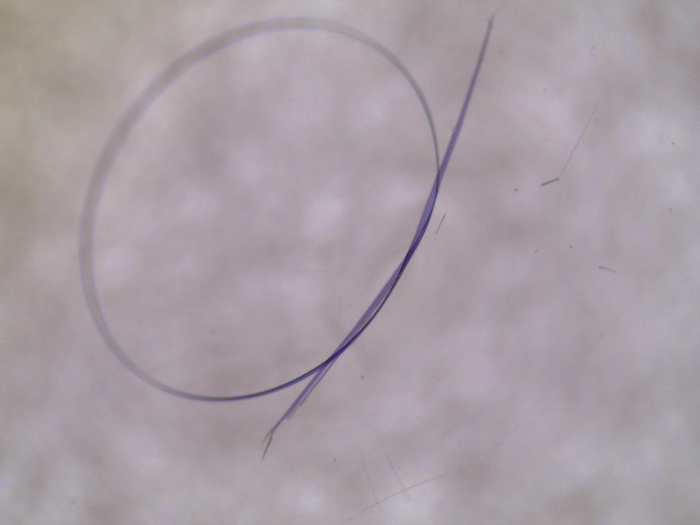 |
| Photographer: David Paul Morris |
The breakthrough, outlined in a research paper to be published in the scientific journal Nature Thursday, uses a technique that could eventually allow quantum computers to solve difficult problems in chemistry and electro-magnetism that cannot be solved by even the most powerful supercomputers today.
In the experiments described in the paper, IBM researchers used a quantum computer to derive the lowest energy state of a molecule of beryllium hydride. Knowing the energy state of a molecule is a key to understanding chemical reactions.
In the case of beryllium hydride, a supercomputer can solve this problem, but the standard techniques for doing so cannot be used for large molecules because the number of variables exceeds the computational power of even these machines.
The IBM researchers created a new algorithm specifically designed to take advantage of the capabilities of a quantum computer that has the potential to run similar calculations for much larger molecules, the company said.
The problem with existing quantum computers – including the one IBM used for this research -- is that they produce errors and as the size of the molecule being analyzed grows, the calculation strays further and further from chemical accuracy. The inaccuracy in IBM’s experiments varied between 2 and 4 percent, Jerry Chow, the manager of experimental quantum computing for IBM, said in an interview.
Alan Aspuru-Guzik, a professor of chemistry at Harvard University who was not part of the IBM research, said that the Nature paper is an important step. “The IBM team carried out an impressive series of experiments that holds the record as the largest molecule ever simulated on a quantum computer,” he said.
But Aspuru-Guzik said that quantum computers would be of limited value until their calculation errors can be corrected. “When quantum computers are able to carry out chemical simulations in a numerically exact way, most likely when we have error correction in place and a large number of logical qubits, the field will be disrupted,” he said in a statement. He said applying quantum computers in this way could lead to the discovery of new pharmaceuticals or organic materials.
IBM has been pushing to commercialize quantum computers and recently began allowing anyone to experiment with running calculations on a 16-qubit quantum computer it has built to demonstrate the technology.
In a classical computer, information is stored using binary units, or bits. A bit is either a 0 or 1. A quantum computer instead takes advantage of quantum mechanical properties to process information using quantum bits, or qubits. A qubit can be both a 0 or 1 at the same time, or any range of numbers between 0 and 1. Also, in a classical computer, each logic gate functions independently. In a quantum computer, the qubits affect one another. This allows a quantum computer, in theory, to process information far more efficiently than a classical computer.
The machine IBM used for the Nature paper consisted of seven quibits created from supercooled superconducting materials. In the experiment, six of these quibits were used to map the energy states of the six electrons in the beryllium hydride molecule. Rather than providing a single, precise and accurate answer, as a classical computer does, a quantum computer must run a calculation hundreds of times, with an average used to arrive at a final answer.
Chow said his team is currently working to improve the speed of its quantum computer with the aim of reducing the time it takes to run each calculation from seconds to microseconds. He said they were also working on ways to reduce its error rate.
IBM is not the only company working on quantum computing. Alphabet Inc.’s Google is working toward creating a 50 qubit quantum computer. The company has pledged to use this machine to solve a previously unsolvable calculation from chemistry or electro-magnetism by the end of the year. Also competing to commercialize quantum computing is Rigetti Computing, a startup in Berkeley, California, which is building its own machine, and Microsoft Corp. which is working with an unproven quantum computing architecture that is, in theory, inherently error-free. D-Wave Systems Inc., a Canadian company, is currently the only company to sell
ORIGINAL: Bloomberg
By Jeremy Kahn September 13, 2017



 MPI für Plasmaphysik @PlasmaphysikIPP
MPI für Plasmaphysik @PlasmaphysikIPP QUT
QUT L. Grubb/The Carter Centre
L. Grubb/The Carter Centre
 3D-CNC/GrabCad
3D-CNC/GrabCad